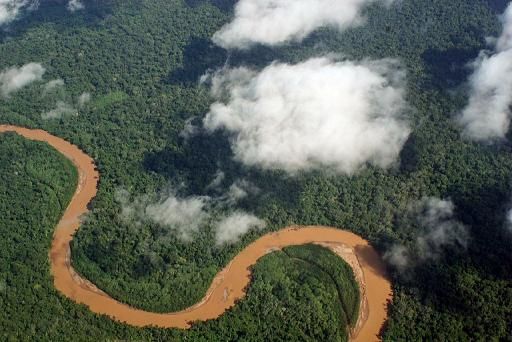Giant tower in Brazil will monitor climate change in the Amazon
Amazon Tall Tower Observatory (ATTO) project will cost around €8 million and will analyse the effects of climate change and deforestation in the Amazon

Brazil has started construction on a giant observation tower to analyse the effects of climate change and deforestation in the Amazon and the unique ecosystem will provide groundbreaking insight and data on weather events and carbon capture.
The Amazon Tall Tower Observatory (ATTO) project will cost around €8 million and is being developed by the National Institute of Amazonian Research (INPA) and the German Max Planck Institute.
The Amazon, representing over half of the world’s remaining rainforest, is the most biodiverse tropical rainforest in the world and has an estimated 390 billion trees.
The 325-metre tower will gather data on greenhouse gases including carbon dioxide, as well as heat, water and carbon absorption.
Paulo Artaxo, a project coordinator from the University of Sao Paulo, said: “The tower will help us answer innumerable questions related to global climate change. We will gain a better understanding of the role of the Amazon and other humid tropical areas in climate models”.
Jurgen Kesselmeier, project coordinator from the Max Planck Institute, said: “The measurement point is widely without direct human influence, and therefore ideal to investigate the meaning of the forest region for the chemistry and physics of the atmosphere.”
The Amazon is one of the world’s most fragile and sensitive ecosystems, and for this reason the data collected is expected to be of particular value.
However, the region is also experiencing devastating deforestation, which alone is responsible for 54 tons of carbon being released into the atmosphere every year.
Latest figures released by the Brazilian government revealed that despite efforts to tackle the phenomenon, deforestation in the Amazon increased by 29 per cent in 2013.
Previous research also showed that the destruction of the forest is largely done illegally and consumer-driven.
